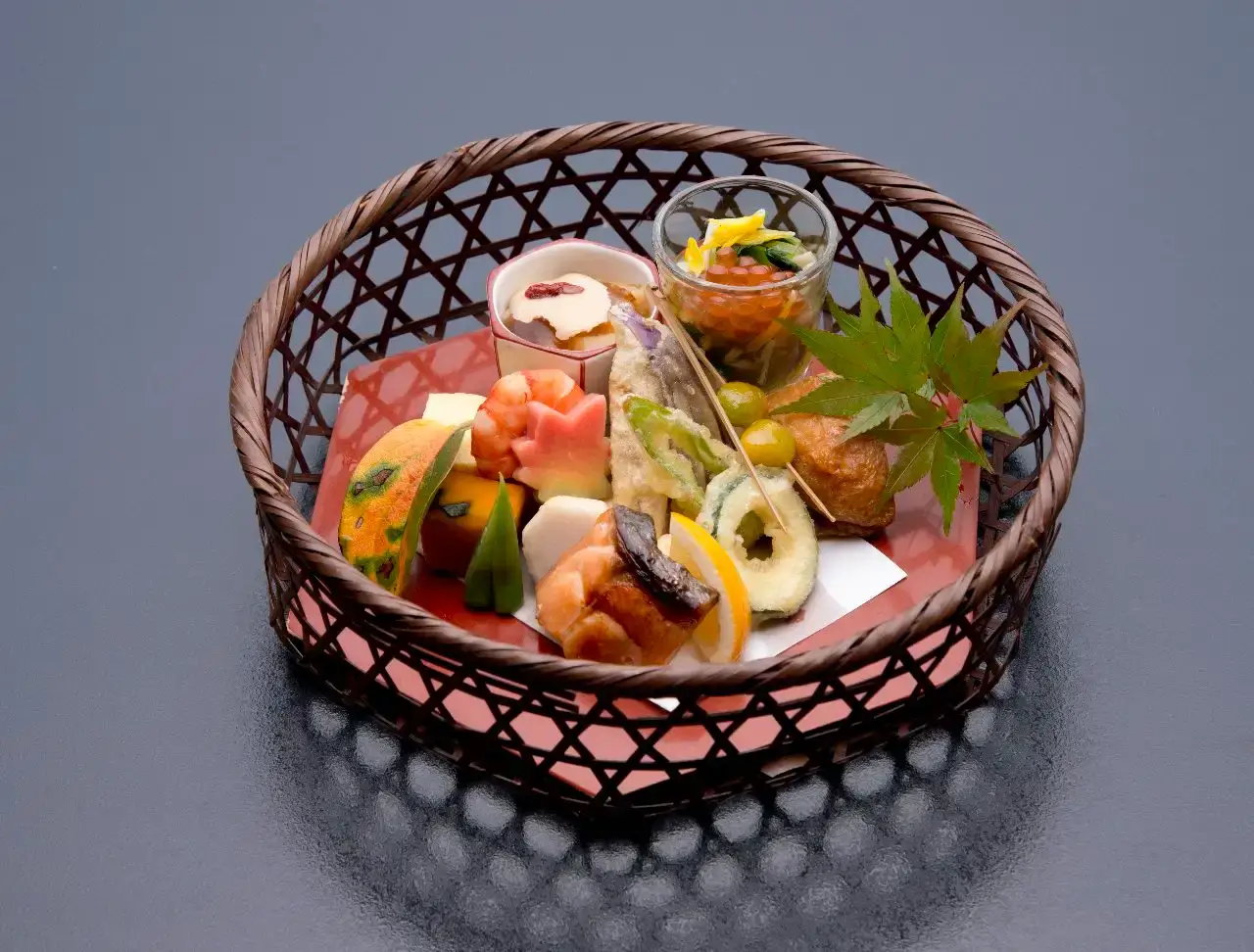Tokyo, Japan is arguably one of my favorite cities in the World. From the moment you step foot off your Fiji Airways aircraft and into Narita International Airport, your mind is already flourishing with ideas of where to explore eating.
As someone who proudly identifies as a connoisseur of local cuisine, this was a dream food destination. Tokyo is arguably the international capital for palatable food after being recognized with the most Michelin-starred restaurants in the world, as of January 2022. 203 of the Japanese capital’s eateries boasts at least one of the tyre giant’s coveted stars and I was on a mission to explore at least one of them.
When you travel to a city like Tokyo, it is wise to connect with one of the locals – from playing the role of tour guide, they also help with translating restaurant menus for you.
My friend, Jo Naulu was bestowed with the task of helping me get an authentic taste of delicious Japanese cuisine. A former Fijian Olympian and Flag bearer at the 2012 London Olympic Games, Tokyo has now become home for the former judoka professional.
Kyoto cuisine Masagoya, a quaint Japanese restaurant was the location for my first traditional dining experience. This iconic family restaurant is located on the outskirts of the city and the two train rides to get there was worth the journey to enjoying the food that was on offer.

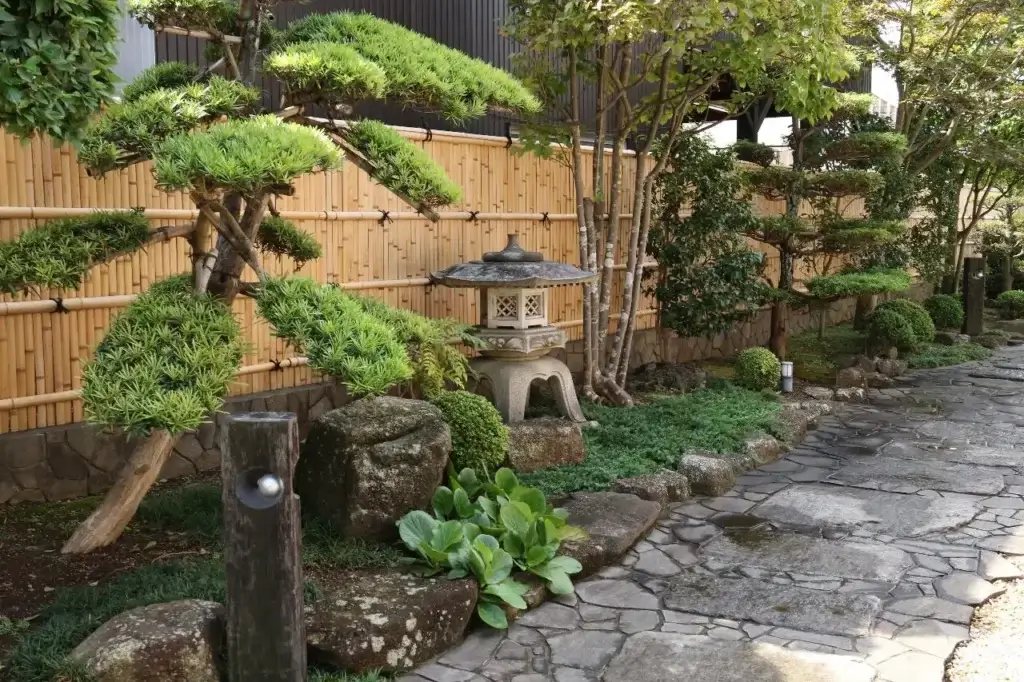

The restaurant famously uses seasonal ingredients served in their meals, and provides remarkable meticulous hospitality surrounded by counter dining experience in the calmest of atmosphere.
Mr. Ehara, the restaurant owner, and chef had already worked out our menu for this experience, so after warm welcomes and gracious bowing, we seated ourselves at the counter to watch him prepare the meals before us.
Our Sakitsuke began with squid on roe and spring vegetable. The flavors for this appetizer embraced its traditional preparation over hot coals with its natural juices.
Next, we were presented with a Tsukuri, a sashimi plate that was laden with fresh tasting tuna, sea bream and greater amberjack. This was neatly garnished with edible herbs, flowers and a spritz of fresh wasabi to add heat to our dipping soy sauce.
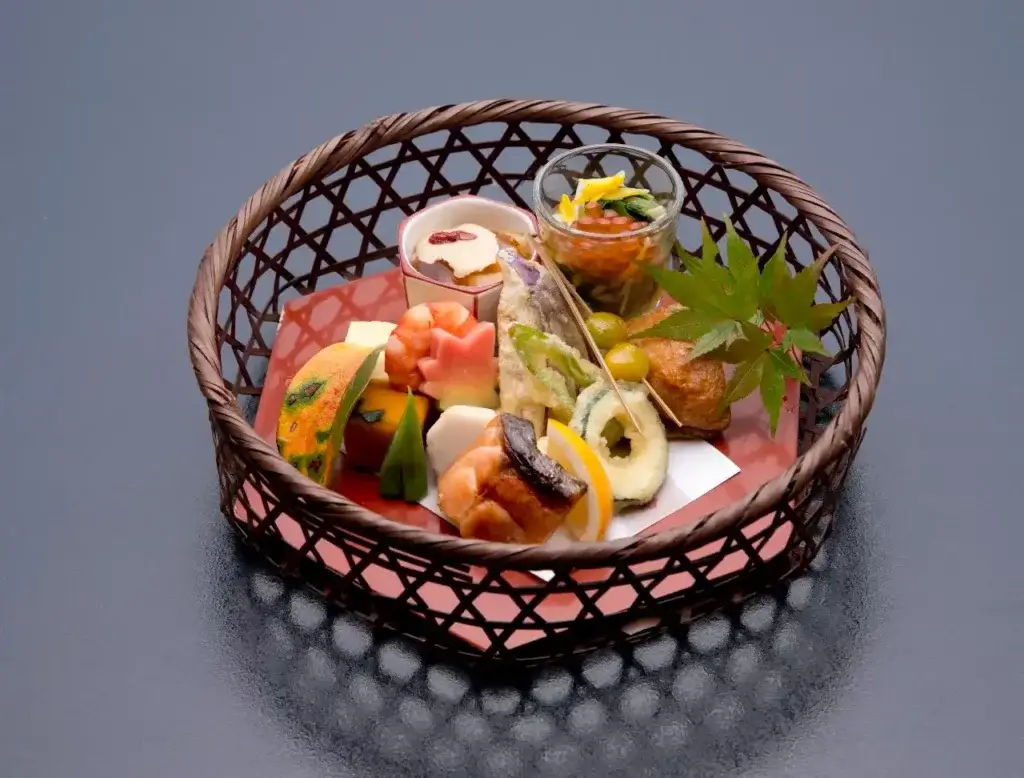
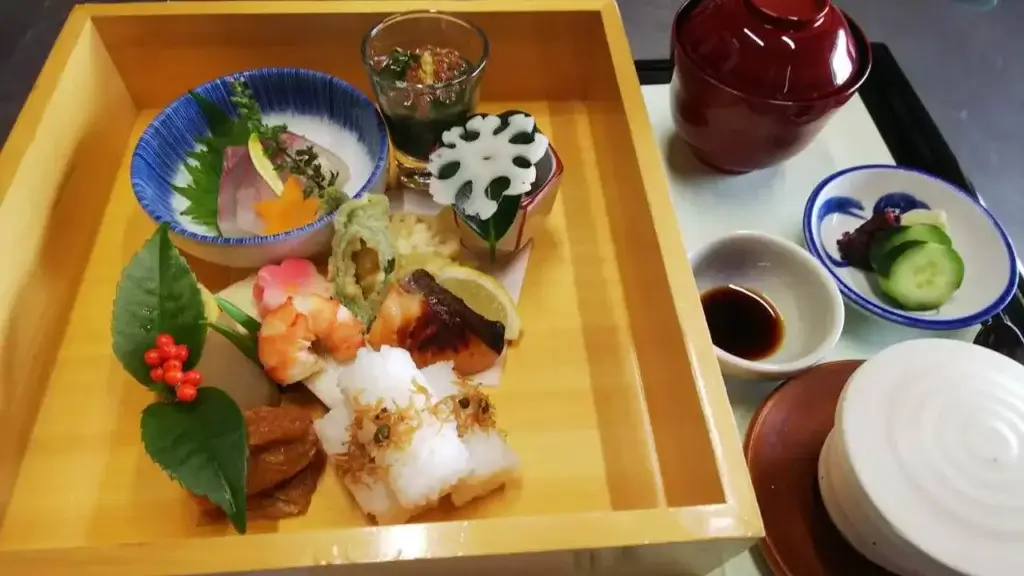
Owan or lidded dish followed next and was aromatic goodness of steamed crab dumplings in a starchy sauce with tofu glazed in Japanese butterbur.
A Hassun or tray of about 24 centimeters square that is used for serving several dishes made the counter top experience next and consisted of Mozuku seaweed tossed with bamboo shoots, salmon, Japanese rolled omelet, sticky rice balls with thin bean paste, surimi (fish paste), brussels sprouts assorted with salted rice malt, Firefly squid spring roll, Fatsia sprouts Tempura and Sakura rotus roots, that was getting a satisfying endorsement from my taste buds.


Japanese love their steamed vegetables and our spread of Nimono (steamed dishes) consisted of deep-fried tofu mixed with burdock root, bamboo shoots, seaweed sauce and leaf buds. The presentation was a work of art, skillfully placed onto a rectangular shaped plate. This flavorful palate sent waves of exciting emotions via my mouth as I leisurely devoured the deliciousness before me.
What is a meal in Japan without any rice and our Meshi (rice) course was accompanied with sides of stewed diced pork, semi-dried young sardines, pickles, and a side of miso soup. The lodeliciousness and the bland taste of the steamed rice was an experience in itself – I love my rice and have eaten steamed rice in restaurants all around the world but the rice at Kyoto cuisine Masagoya is arguably the best one I have tasted to date.
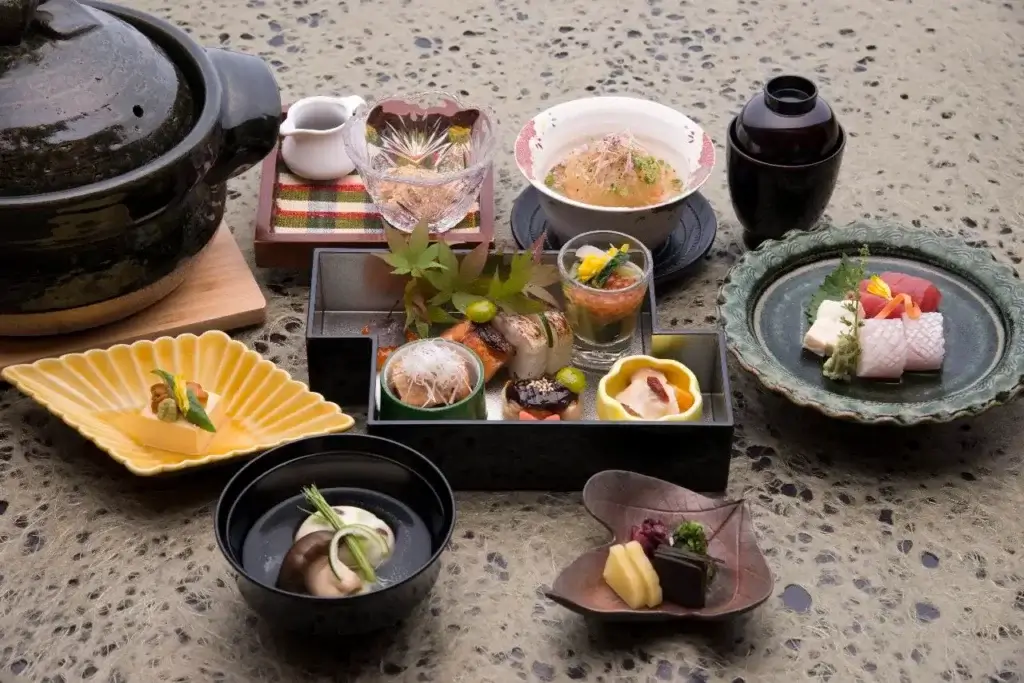
Finally, my last course, Mizumono or dessert which was a bracken-starch jelly served with sweet soybean known as Warabimochi. This dessert differs from true mochi made from glutinous rice. It is popular in the summertime, especially in the Kansai region and was a sweet and welcome ending to my very enjoyable, traditional Japanese dining experience.

Overall, the ingredients, flavors, preparation, and presentation of each course was the true definition what you expect to enjoy in any restaurant in Japan. Each meal is passionately prepared with skill and using the best ingredients – fresh, flavorful and the best quality.
Stamping its mark as one of my favorite restaurants in Tokyo, this traditional eatery is a ‘must visit’ when in the land of the rising sun.
A Japanese food experience is a highlight and is just one of the many attractions to include into your itineraries when planning a trip to this Fiji Airways destination.
